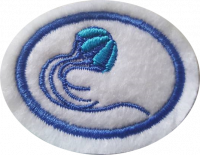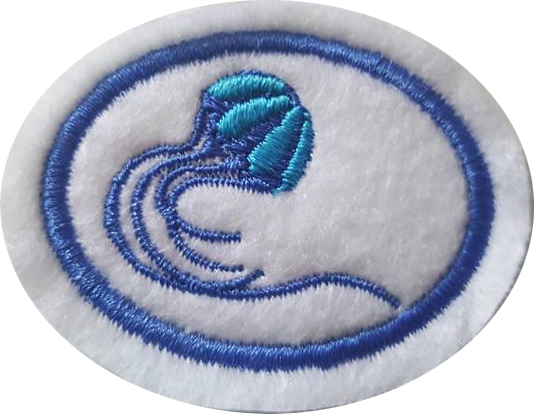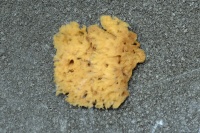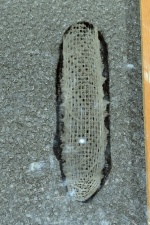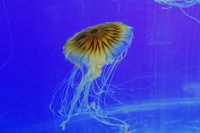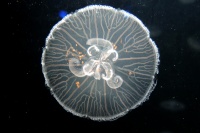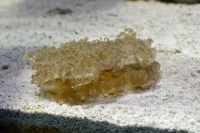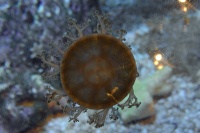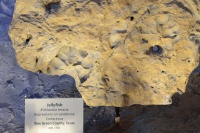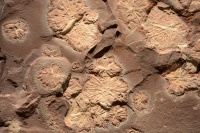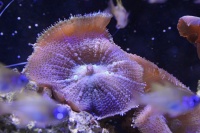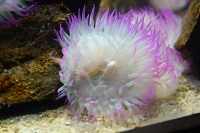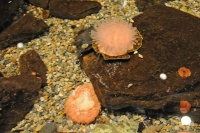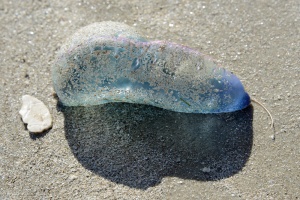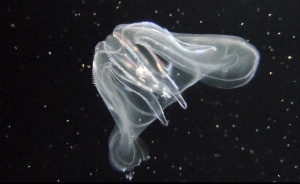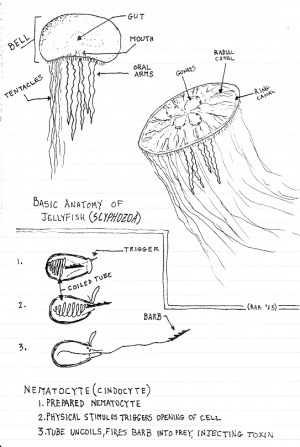Difference between revisions of "AY Honors/Porifera and Cnidaria/Answer Key/pt-br"
(Created page with "{{clear}}") |
|||
| Line 72: | Line 72: | ||
{{clear}} | {{clear}} | ||
| − | + | {{clear}} | |
| − | |||
| − | |||
<div lang="en" dir="ltr" class="mw-content-ltr"> | <div lang="en" dir="ltr" class="mw-content-ltr"> | ||
Revision as of 12:02, 23 June 2021
Nível de Habilidade
2
Ano
2012
Version
03.10.2025
Autoridade de Aprovação
Divisão Sul Americana
1
2
3
4
5
6
It is generally best not to touch jellyfish washed up on the beach, and particularly not in the water. Remember that the stinging tentacles can be far from the main body of the Jellyfish, so be aware of this when swimming near them, or walking barefoot along the sand. When diving in water where jellies are likely to be encountered, it is best to wear at least a rash guard and a thin hood to reduce exposed skin.
7
Sponges and Cnidaria are all aquatic organisms, with most species being marine.
8
First aid frequently depends upon the type of Jellyfish and the severity of the sting. The first step is to get the victim out of the water. If there is severe allergic reaction, call 911 (or the equivalent emergence service) immediately. Rinse the sting area with seawater or warm water (in some places, it is recommended to use vinegar, and some even suggest urine, but for some types of jellyfish, vinegar or fresh water can reactivate the stinging cells, making the matter worse). There are also commercially available sprays and liquids designed for treatment of Jellyfish stings. Once the wound has been rinsed to stop further stinging and remove the nematocysts, it can be soaked in warm water, or covered with an ice pack, and treated for pain with commercial topical pain relievers.
9
Use a picture of a Jellyfish as a guide, or try to draw from a live jellyfish at an aquarium or zoo.
10
Coral reefs serve as nurseries and living quarters for numerous difference species of marine animals, and thus play a very important role in ecological webs. They also provide shelter against storms to some coastal areas, and are a vital part of tourism in many tropical countries.
11
The Great Barrier Reef, off the coast of Queensland, Australia, is considered the largest coral reef in the world, at more than 1400 miles long, and covers approximately half the total land area of the state of Texas. Other large reefs include the Red Sea coral reef, at more than 1100 miles long, and the Florida Keys reef, at more than 200 miles long.
